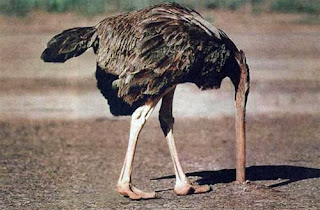 If you yourself do not manage your time, how are you able to manage the time of the people you lead?
If you yourself do not manage your time, how are you able to manage the time of the people you lead?To develop a time management skill means to become aware of how one uses his time. William Penn said: “Time is what we want most, but what we use worst.” And yes, there never seems to be enough time, unless you're the one that serve the time. Nothing can replace a time wasted, it can never be regained. Time management is a resource in organizing, prioritizing, and succeeding in what and how you perform.
 A leader is burdened by numerous things almost always with limited time resources. Just worrying about time limitations and putting off or postponing may lead to indecision and consequently inefficiency. Due time pressure you resort to implement instead of analyze first. In leadership inefficiency occurs when unrealistic time estimates are made. Most of the time is lost due to issues resulting from poor organizational skills. This leads to ineffective meetings and finish with a leader micro-managing. The latter is also supported by failing to delegate tasks and performances. Many bad leaders are also not so strong in planning. They have not a clear idea about prioritizing, standardizing, or implementing organizational policies and procedures. They rather tend to deal with urgent tasks and thusly postpone the important ones till they become urgent (see my blog: Cause and consequence / Urgent and important).
A leader is burdened by numerous things almost always with limited time resources. Just worrying about time limitations and putting off or postponing may lead to indecision and consequently inefficiency. Due time pressure you resort to implement instead of analyze first. In leadership inefficiency occurs when unrealistic time estimates are made. Most of the time is lost due to issues resulting from poor organizational skills. This leads to ineffective meetings and finish with a leader micro-managing. The latter is also supported by failing to delegate tasks and performances. Many bad leaders are also not so strong in planning. They have not a clear idea about prioritizing, standardizing, or implementing organizational policies and procedures. They rather tend to deal with urgent tasks and thusly postpone the important ones till they become urgent (see my blog: Cause and consequence / Urgent and important).






























